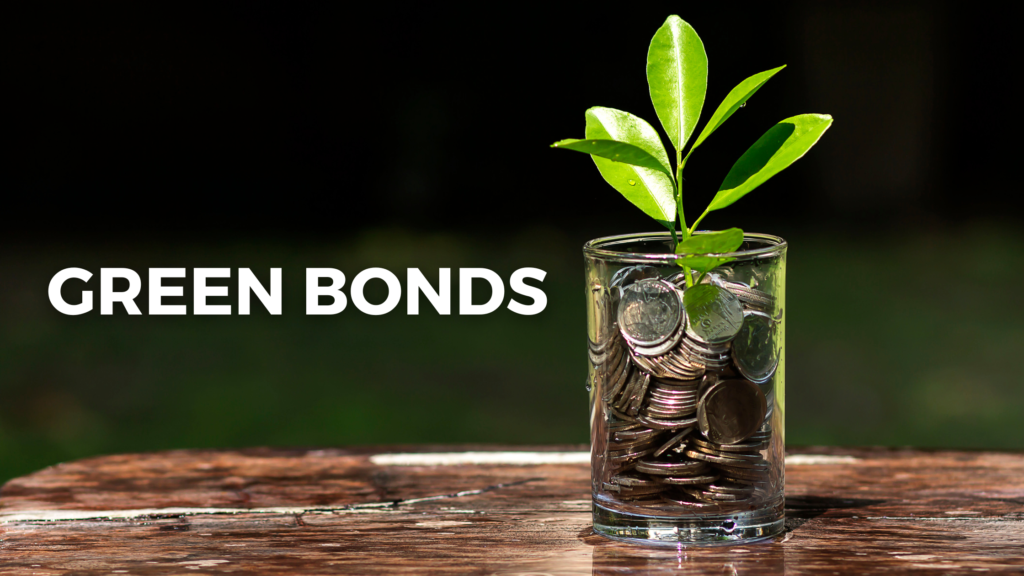Proven Financial Models for Sustainable Projects
As the global community increasingly prioritizes environmental stewardship alongside economic growth, sustainable projects have become essential. However, to bring these projects to fruition, robust financial models are necessary. These models provide the frameworks required to fund, manage, and ensure the long-term success of sustainable initiatives. For organizations like Bottom Billion Corporation (BBC), which is dedicated to empowering underserved communities and promoting sustainable development, leveraging effective financial models is crucial to achieving their mission. The Role of Financial Models in Sustainable Projects Financial models are more than just tools for budgeting—they are essential for predicting cash flows, assessing risks, and maintaining financial viability throughout a project’s lifecycle. In the context of sustainable projects, these models ensure that environmental and social impacts are integrated into financial planning. This approach ensures that projects are not only economically viable but also contribute positively to the environment and society. By aligning financial objectives with sustainability goals, these models help balance profitability with long-term environmental benefits. Key Types of Financial Models for Sustainability Project FinanceProject finance is a widely used model for large-scale infrastructure and energy projects. Unlike traditional corporate finance, where funding is based on the overall creditworthiness of a company, project finance relies on the project’s own cash flow as the primary source of repayment. This model is particularly suited for sustainable projects, such as renewable energy installations, where the income generated (e.g., from selling electricity) is predictable and steady over time. A solar power plant project might use project finance by securing loans that are repayable through the revenue generated from selling electricity to the grid. The project’s assets and future cash flows act as collateral for the financing, allowing for large-scale developments with relatively low initial capital from the developers. Green BondsGreen bonds have emerged as a popular financial instrument for funding projects with environmental benefits. These bonds are issued by governments, corporations, or financial institutions and are earmarked exclusively for financing green projects like renewable energy, energy efficiency improvements, or sustainable agriculture. In 2008, the World Bank issued one of the first green bonds, raising funds specifically for projects aimed at mitigating climate change. Since then, the green bond market has grown significantly, with billions of dollars invested in projects that contribute to environmental sustainability. Impact InvestingImpact investing is a financial strategy that seeks to generate positive, measurable social and environmental impacts alongside a financial return. Investors who adopt this approach are often willing to accept lower financial returns in exchange for greater societal benefits. This model is particularly effective in supporting sustainable projects in sectors like healthcare, education, and agriculture, where the social impact can be profound. An impact investment fund might focus on financing sustainable agriculture in developing countries. These investments help smallholder farmers access the resources they need to improve productivity and sustainability, while also providing investors with a modest return on their capital. Strategies for Implementing Financial Models in Sustainable Projects Assessing Project ViabilityBefore committing funds to any project, it’s crucial to conduct a comprehensive analysis to ensure its viability. This involves evaluating the project’s financial, environmental, and social aspects. Viability assessments typically include feasibility studies, cost-benefit analyses, and environmental impact assessments. These assessments help in understanding the potential returns and risks associated with the project. ToolsTo determine the viability of sustainable projects, financial tools such as Net Present Value (NPV), Internal Rate of Return (IRR), and Cost-Benefit Analysis are commonly used. These tools help in quantifying the expected returns and comparing them against the risks and costs involved. Leveraging Public-Private Partnerships (PPPs)Public-Private Partnerships are critical in financing large-scale sustainable projects, particularly in regions where capital is scarce. PPPs combine the resources and expertise of both public and private sectors, allowing for the development of infrastructure and services that neither sector could achieve alone. In a successful PPP, a government might provide land, regulatory support, and partial funding, while a private company finances, constructs, and operates a wind farm. This collaboration not only reduces the financial burden on the government but also brings in private sector efficiency and innovation. Risk Management in Sustainable ProjectsSustainable projects face unique challenges, including regulatory changes, environmental concerns, and market volatility. These risks need to be carefully managed to ensure project success. Poor risk management can lead to project delays, cost overruns, or even failure. StrategiesTo mitigate these risks, diversification, insurance, and hedging are common strategies. For example, project developers might diversify their portfolio across different geographic regions to reduce the impact of local regulatory changes. Insurance can protect against unforeseen environmental events, while hedging can help manage fluctuations in commodity prices. Additionally, involving local communities and stakeholders in the planning process can help identify potential risks early and develop strategies to address them. This inclusive approach not only mitigates risks but also fosters community support for the project. Future of Financial Models in Sustainable Projects As the world continues to shift towards sustainable development, the role of financial models will become even more critical. Innovations in green finance, such as the growth of climate bonds and the development of new financial instruments like sustainability-linked loans, will provide more opportunities for funding sustainable projects. Moreover, as global awareness of environmental issues increases, investors are likely to place even greater emphasis on sustainability in their investment decisions. This trend will drive the evolution of financial models, ensuring they remain relevant and effective in supporting the transition to a greener economy. Financial models are essential for the success of sustainable projects, providing the tools needed to secure funding, manage risks, and achieve both financial and environmental goals. As sustainability becomes central to global development, these models will continue to play a pivotal role in shaping the future of project finance. By adopting innovative approaches and leveraging partnerships, organizations like Bottom Billion Corporation can drive impactful change while ensuring financial sustainability.
Proven Financial Models for Sustainable Projects Read More »



